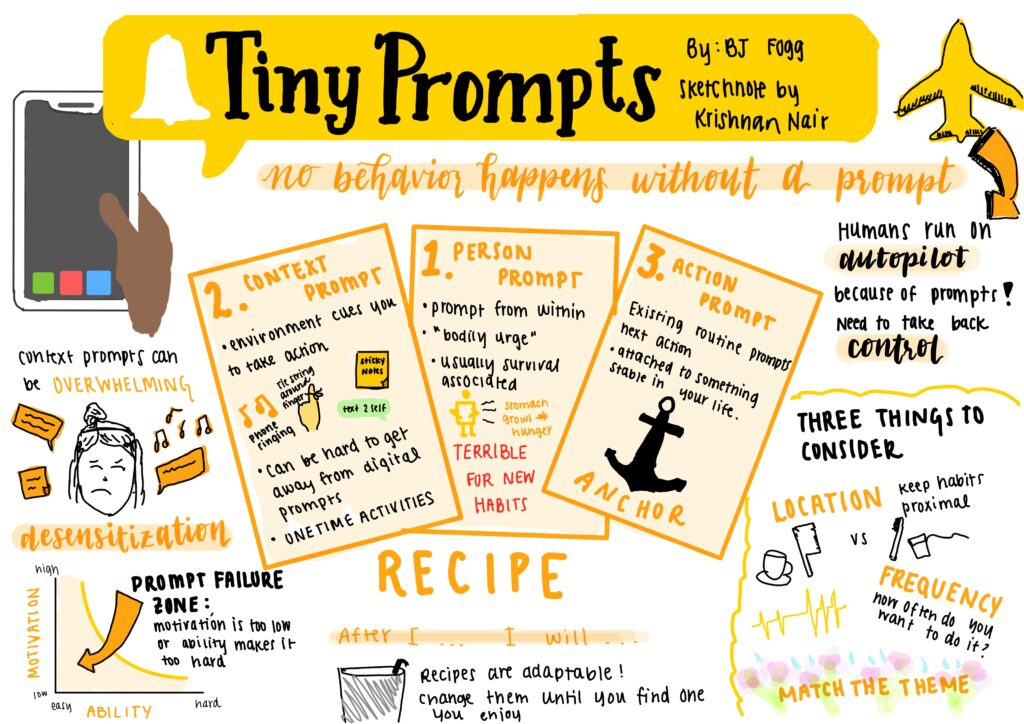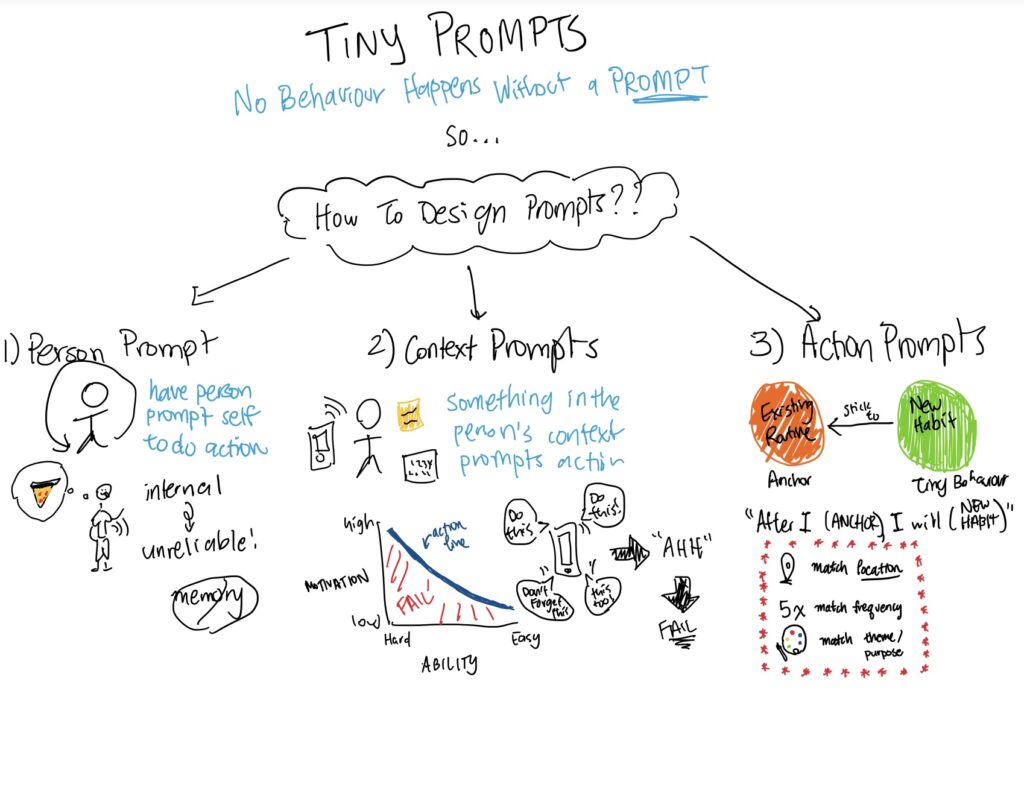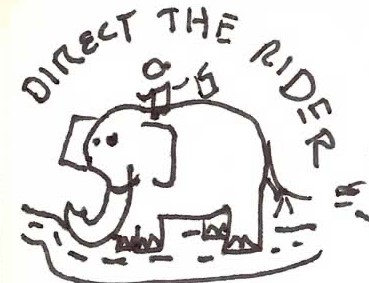Which markets do Isolde and Emanuel target respectively? How do their respective business/revenue models align with their markets?
Isolde’s company Siiquent targets the med-tech industry — real world applications of genetic diagnosis. They partner closely with and respond to their customers’ needs and desires, selling consumables below insurance/national health service reimbursements. This allowed them to cement their position as net revenue generators, making them an attractive partner to hospitals and labs.
Emanuel’s company, Teomik, sold machines to universities and labs, but had to compete on price, resulting in slimmer margins and a riskier moat — that of the patent.
What are the pros and perils of “imposing the structure of a single revenue model” vs. “letting [the company] continue on its flexible way”?
A single revenue model invites stability, predictability, yet, simultaneously, rigid inflexibility. Siiquent prides itself on being responsive to customers and Teomik prides itself on simply being able to deliver machines at a cost-competitive price. Flexibility among the two would allow agile responsiveness and adaptability, but it runs the risk of a lack of strategic focus, as Peter has pointed out.
Pretend that the CEO has decided the department heads must merge their divisions together. As a star PM assigned to mediate this interaction between department heads, how would you scaffold the discussion to ensure a fair merging process?
Both Isolde and Emanuel are trying to push for more autonomy. I’d try to propose a compromise wherein an empowered cross-functional unit or group within the Siiquent-Teomik corporation would have the ability to rapidly innovate and have a direct reporting authority to the CEO, while the larger company tries to restructure along a more cohesive model. It’s not a dichotomy, but a compromise. I’d also look at various integration models, utilize market research (due to the crowded markets in the wake of the patent expiry) and sales data to make forecasting decisions, collect feedback from customers and employees, and conduct a risk analysis.



